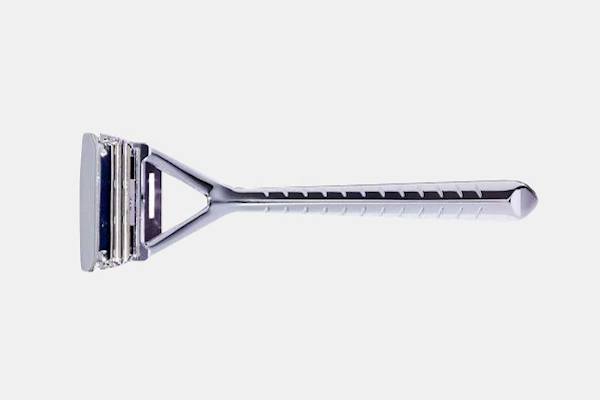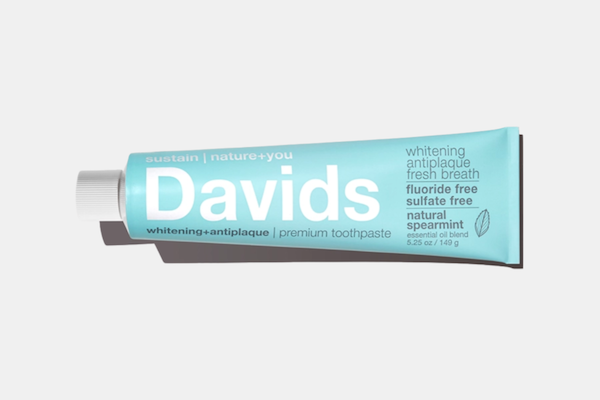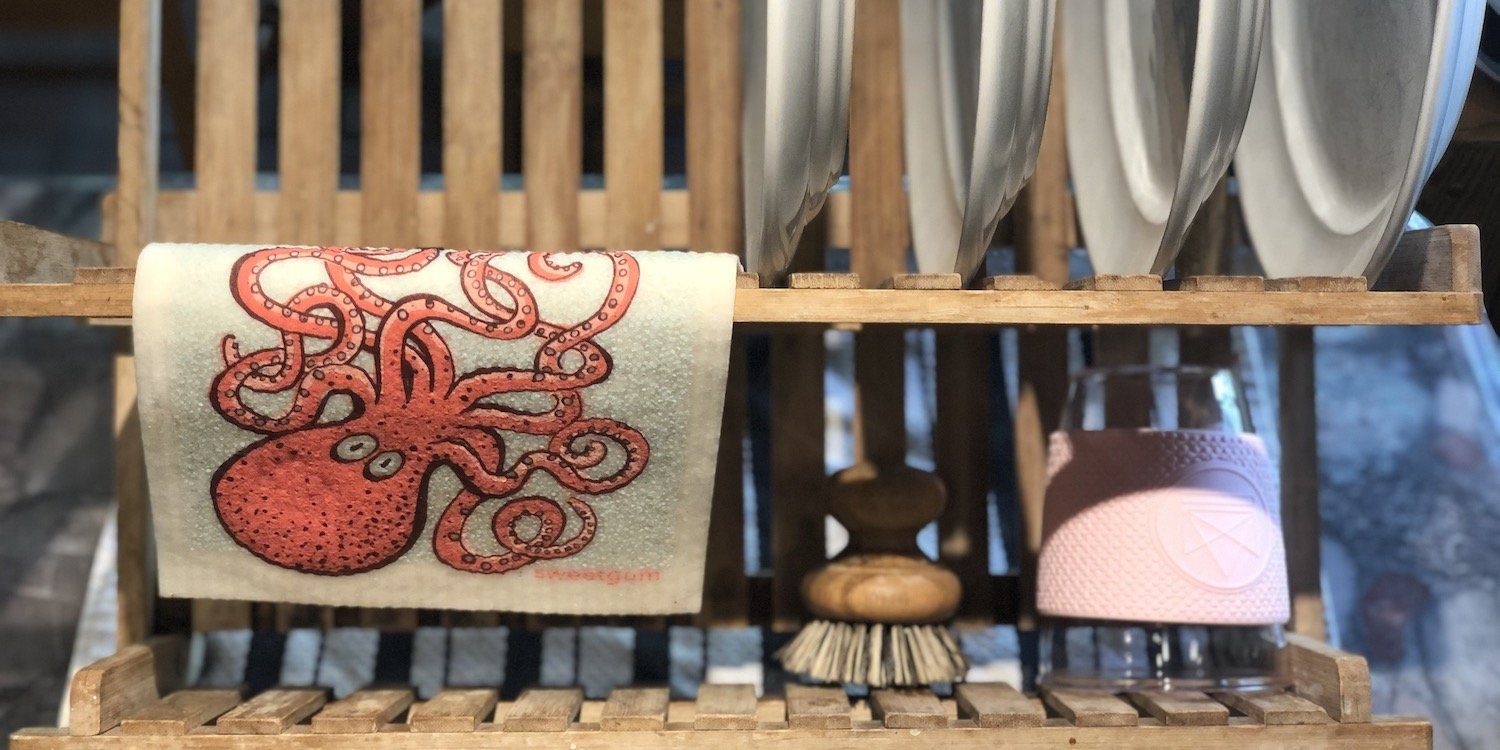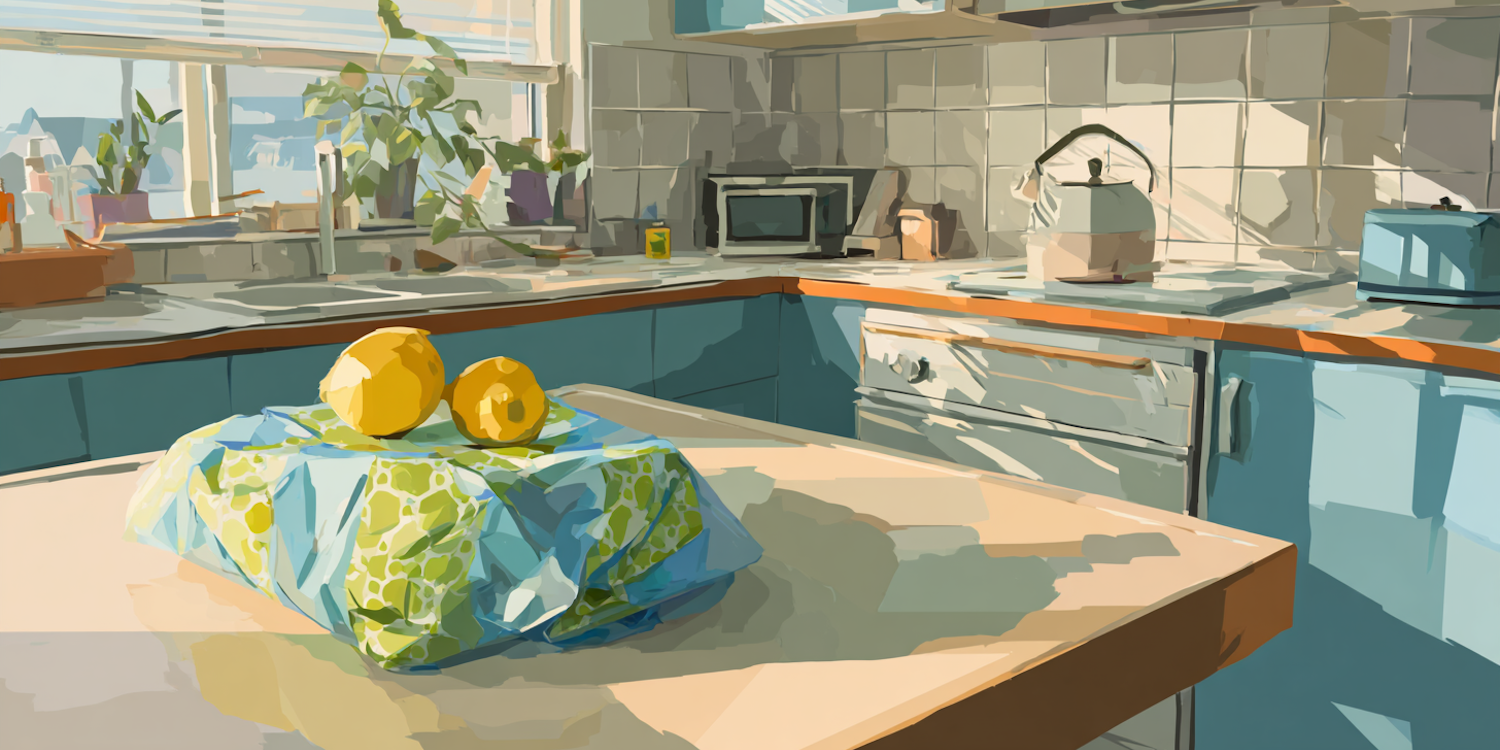Doing the dishes is rarely a task that is thought of as enjoyable. Most of us simply aim to finish it as quickly as possible without putting a lot of thought into the process. However, it is arguably time to consider the tools we are using to wash the dishes.
The dishwashing sponge is a commonplace household object that many of us use in our daily lives. But, did you know that your plastic-based sponge is quietly having a detrimental impact on the environment. Sponges are an easy object to overlook, which is why their environmental impact is easy to miss. Furthermore, most discussions around sponges focus on their bacteria carrying ability. Studies have stated that plastic sponges have more bacteria than a towel; hence, it smartly encouraged people to change the kitchen sponges more frequently. But, while one cannot deny the existence of bacteria, which is a valid concern, the over-emphasis on bacteria is also “conveniently” driving the sales of more plastic sponges and masking the resulting damage to our environment.
What Are Plastic Sponges Made Of?

Before diving into the environmental impact of plastic sponges, first, we need to look at their composition. In the past, people used to make kitchen sponges from sea-sponge. However, today, most kitchen sponges are made from plastics, such as polyester or polyurethane. They are non-recyclable and non-biodegradable. As a result of being made from plastic and non-biodegradable, sponges ultimately find their way into landfills, where they can take hundreds of years to decompose. In addition to being made from petroleum-based plastics, many sponges tout anti-bacterial or anti-odor properties, which means they have been treated with toxic chemicals. While the transition from natural sponges to plastic-based sponges over time may have been subtle, their impact is far from it.
Environmental Impact of a Plastic Sponge
Contributing To Plastic Waste
One of the more apparent problems with our adoption of the plastic sponge is that they also play a part in growing household waste. You may find yourself wondering, but how many plastic sponges are thrown away each year? In the U.S. alone, we throw away an estimated 500 million plastic sponges per year. With over 120 million households in the U.S., that equates to about four sponges per household per year. It can then take hundreds of years for these plastic-based sponges to break down. And, with Americans are encouraged to replace their sponge at least once a month, it is easy to understand how the ubiquitous plastic sponge can is quickly making its presence felt in landfills.
In the U.S. alone, we throw away an estimated 500 million plastic sponges per year. With over 120 million households in the U.S., that equates to about four sponges per household per year. It can then take hundreds of years for these plastic-based sponges to break down.
Plastic Sponges Are Made With Dangerous Chemicals
Most traditional synthetic sponges come coated with Triclosan which is an antibacterial and anti-fungal chemical. The Environmental Protection Agency registers it as a pesticide. Triclosan presents a significant challenge for water treatment plants as they cannot remove it during the water treatment process. Additionally, the compound remains stable for a long time and stays in the waterways for an extended period. In the US, it is the most common artificial chemical found in waterways.
This chemical is linked with a number of health-related concerns. As these chemicals enter water systems, they can also damage fragile marine ecosystems. In particular, these chemicals directly affect algae, a food source on which many other animals directly or indirectly depend for their survival.
Release microplastics
The plastic-based sponge is also guilty of contributing to microplastic pollution. As plastic sponges are used, microplastic break off from the sponge and quickly wash down the drain. Microplastics are tiny size plastics, as small as 5 millimeters. They are not visible with a naked eye and enter into the environment from various sources. One of their sources is the disintegration of larger plastic products, in this case, a plastic sponge.
Microplastics are so small that water filtration systems are unable to catch them. As a result, they become part of rivers, seas, and oceans, where they are often consumed by marine life. To learn more about microplastics, check out our blog What Are Microplastics?
Eco-Friendly Alternatives To Plastics Sponges
There are a variety of eco-friendly alternatives to the use of a petroleum-based plastic sponge. These eco-friendly products not only rival their plastic-based peers in terms of performance, but they are also a great choice for zero-waste living. One of these great alternatives is the Swedish Dishcloth.
What is a Swedish Dishcloth?
Swedish dishcloths are a type of sponge made from 100% natural materials, making them biodegradable, compostable, and eco-friendly. They are often made from either 100% cellulose (wood pulp) or a cellulose and cotton combination. They are up to twenty times more absorbent than your plastic sponge and more hygienic as well. One Swedish dishcloth can replace 17 rolls of paper towels.
They are easy to wash by just tossing them into the machine and dry quickly too. The best Swedish dishcloths are also made and printed with water-based inks too removing the use of petroleum from the equation completely. As a result, Swedish dishcloths make an excellent substitute for using a plastic sponge.
If you are wondering how to use a Swedish dishcloth, the answer is, everywhere you would use a plastic-based sponge. You can use it to wash your pans, streak-free cleaning of mirrors & windows, wiping glass stovetops, and the list goes on. As such, a Swedish dishcloth can help you eliminate your old plastic-based sponge, which has a detrimental impact on humans and marine animals.
Where To Buy A Swedish Dishcloth?
The good news is that Swedish dishcloths are becoming much more popular and can be found at many eco-friendly and zero-waste stores. At Lochtree, we carry the Three Blue Bird Swedish Dishcloth, a traditional Swedish dishcloths manufactured in Europe and printed here in New England.
Parting Thoughts
It is easy to appreciate how an item as small as your kitchen sponge can slip under the radar. But, it is items just like the sponge that we all need to pay a bit more attention to. The impact of these seemingly innocent plastic-based household items adds up as they contribute to greenhouse gas emissions, microplastic pollution, chemical pollution, and more.
Even in the case of the lowly kitchen sponge, making the change towards more sustainable and biodegradable options can help put significantly less burden on the environment.






